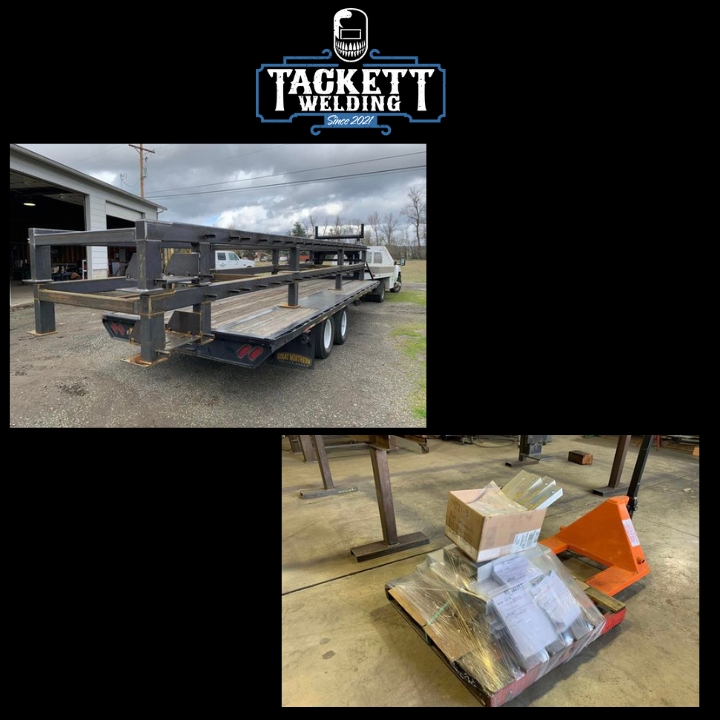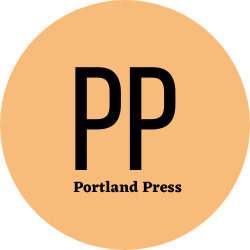What is Fabrication?
by siteadmin

What is Fabrication?
Fabrication refers to the process of creating parts using different processes like welding, cutting or bending materials. Fabrication is a form of manufacturing that requires precision and accuracy in order to produce a consistent product. Fabrication is a cost-effective and efficient way to create a variety of products and structures.
Definition
Fabrication refers to the creation of products from combining different, usually standardised parts. Fabrication is used to make machines, tools, and appliances. However, it can also be used to build structures with metal.
Fabrication usually involves cutting (through chiselling or sawing, shearing, or torching), bending with powered and manual press brakes, press brakes and tube bending tools, and finally assembly (through adhesives and binding, rivets and crimping, threaded fasteners and rivets. You can do it with a variety materials. It may also involve the transformation of raw hot metal into finished products.
To produce a product that meets specifications, fabricators use design sketches, computer-aided designing (CAD) software and working prototypes. The quality of the CAD drawings, the equipment used, and the skills of workers all affect the accuracy of the fabrication output.
Proces
Fabrication refers to the process of making an industrial product or structure out of raw materials. It can be used to create custom or stock products.
Many fabrication products can be made from many metals and alloys. These include copper, aluminum, and steel.
Common metal fabrication involves cutting, bending, and assembling. The saw is used to cut the material, and bending uses hydraulic equipment.
The piece that is created will be crimped or welded before being assembled into the final product. Powder coating is another option that can be used to give the metal a unique look.
Materials
Fabrication refers to the process of turning raw materials into new products. Fabrication is used in many industries, including engineering and manufacturing.
There are many types of fabrication materials available, each with its own advantages and disadvantages. It is crucial to choose the right material.
Steel is a common metal used for fabrication. It is known for its high durability and high tensile strengths. Steel is a great choice for structural fabrication projects as it can be easily molded to almost any shape that is required by a design.
Another popular metal used in fabrication is stainless steel. It has enhanced mechanical properties and is great for food processing equipment and medical device manufacturing. It can also be recycled, making it a more sustainable option than other building materials.
Safety
High-quality and productive fabrication companies are more likely to place high importance on safety. They have fewer accidents, lower material handling costs and lower employee turnover.
It can help create a culture where metal workers are empowered to take responsibility, find solutions and work with management. This program also closes communication channels between employees and managers in the event of an incident.
Start by creating a list listing potential hazards your business may be exposed to in order to implement safety culture within your shop. These hazards include pinch points, trip hazards; exposed moving parts; electrical exposures; hot surfaces; sharp edges or corners; environmental hazards and fall hazards.
Next, assess and identify the most risky areas in your shop floor. Finally, create a set of procedures to address each risk.
What is Fabrication? Fabrication refers to the process of creating parts using different processes like welding, cutting or bending materials. Fabrication is a form of manufacturing that requires precision and accuracy in order to produce a consistent product. Fabrication is a cost-effective and efficient way to create a variety of products and structures. Definition Fabrication…
